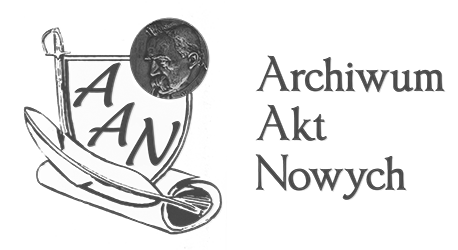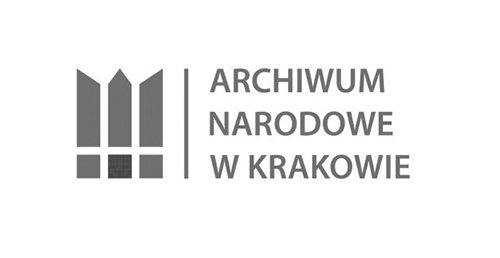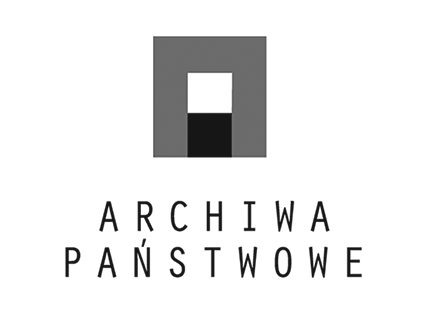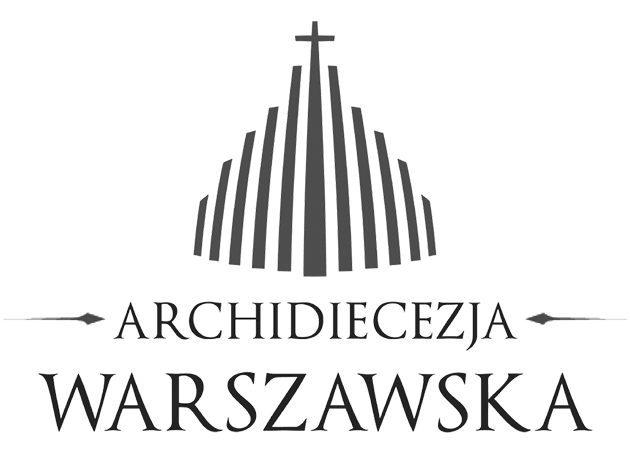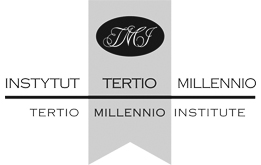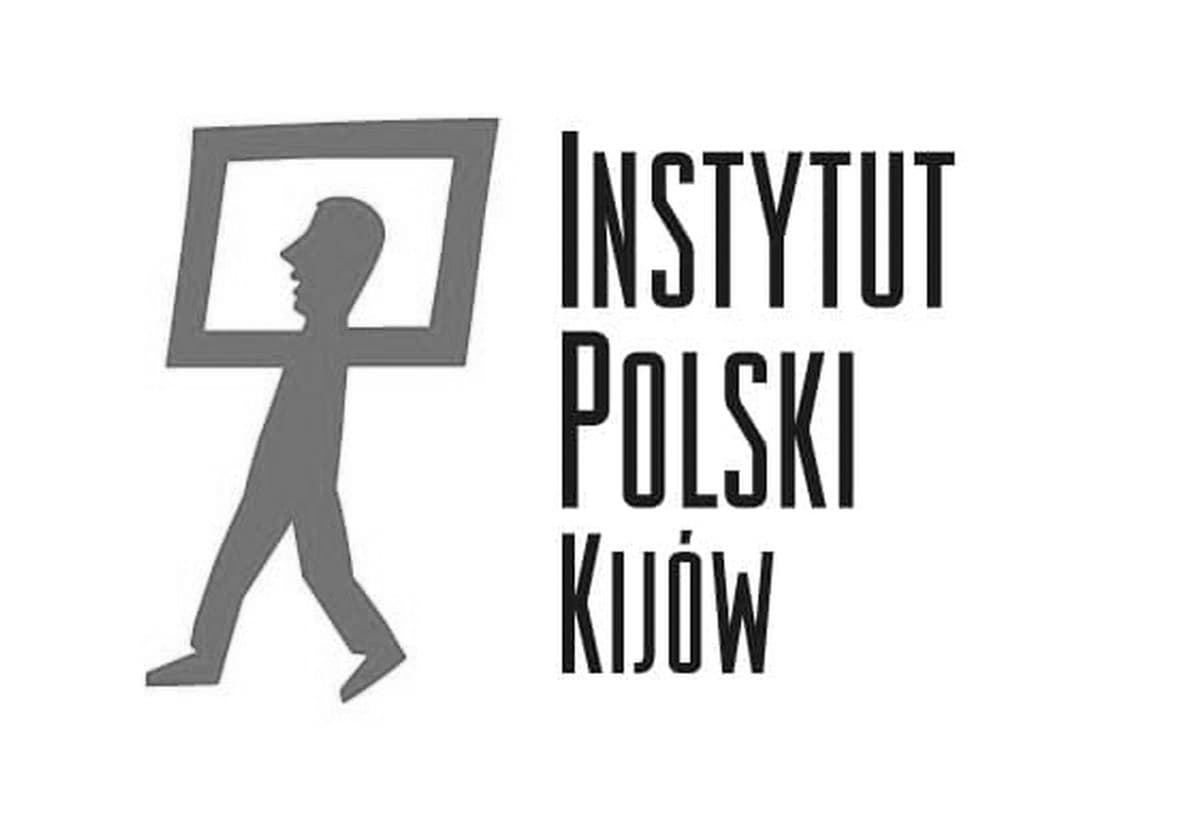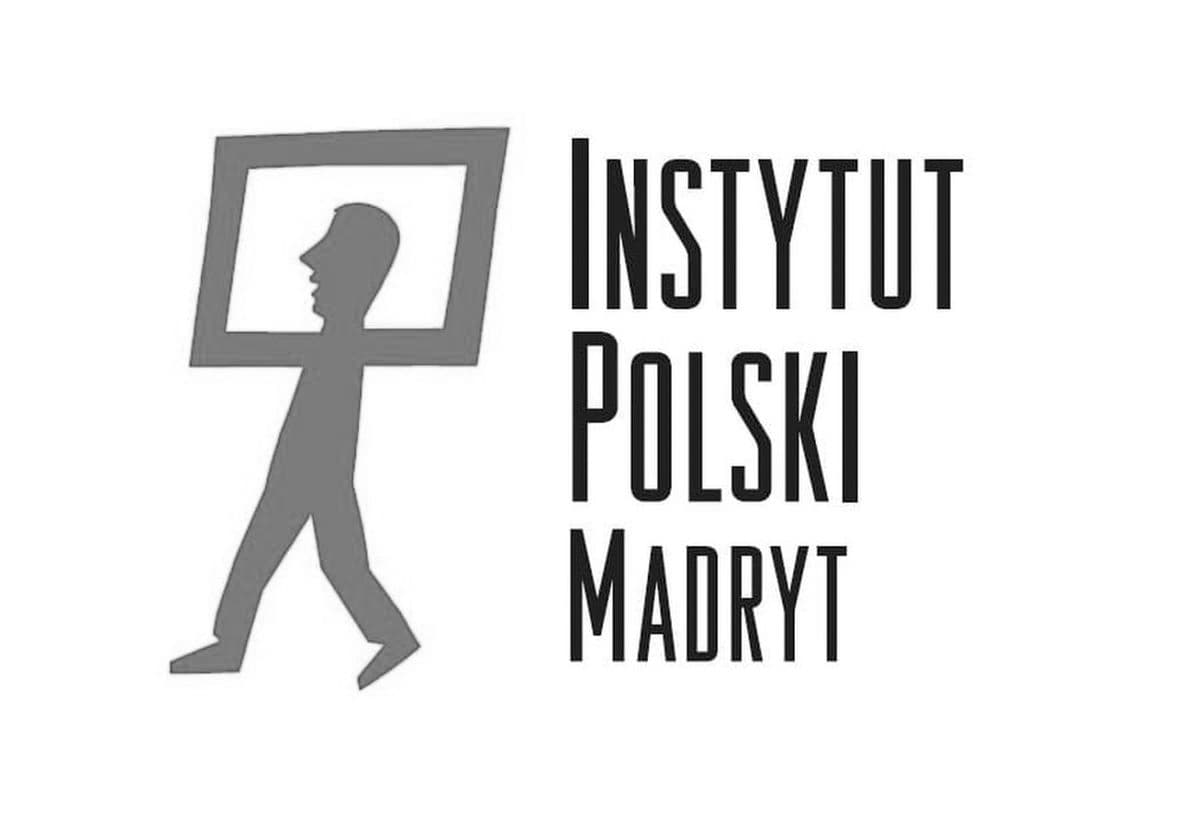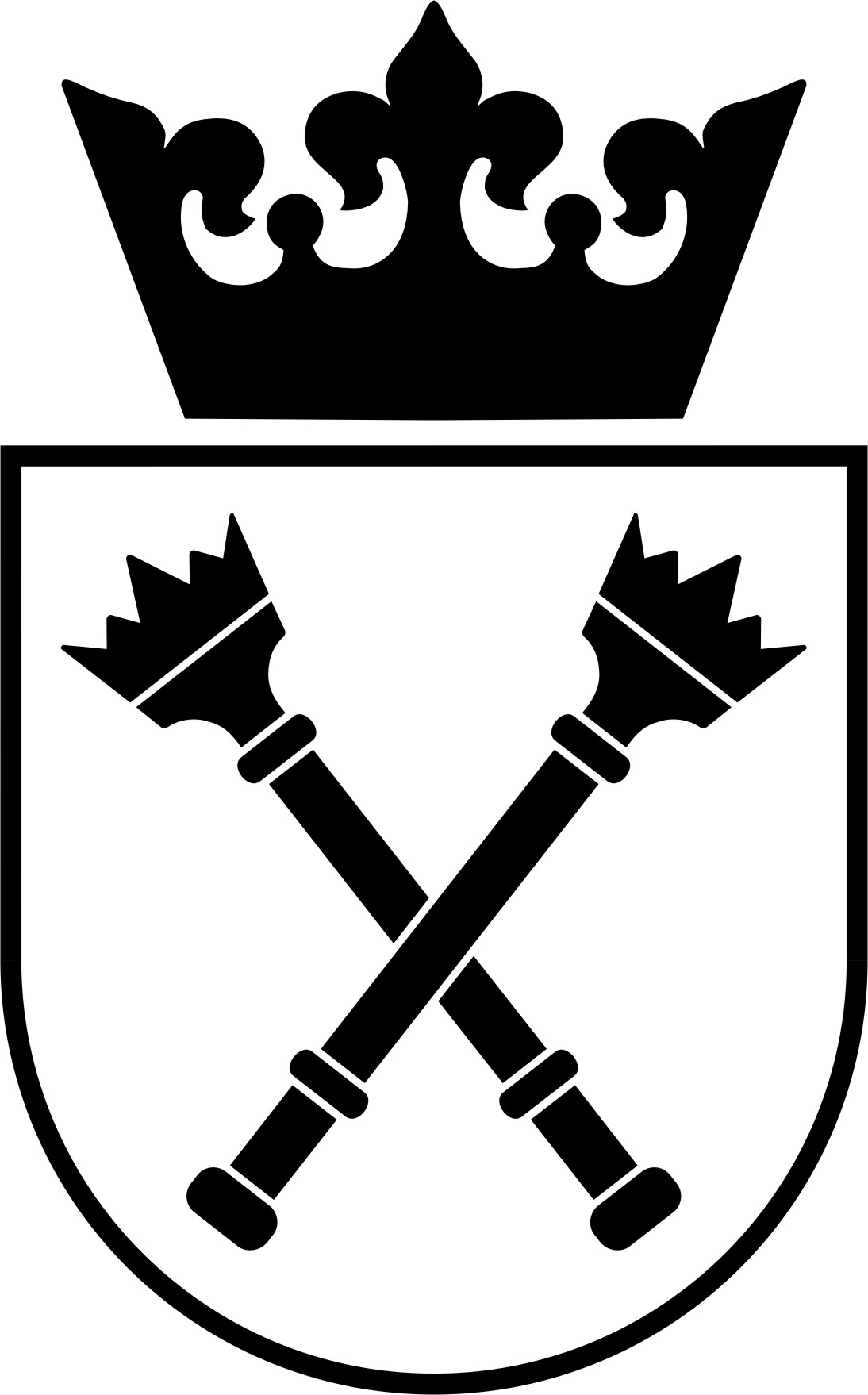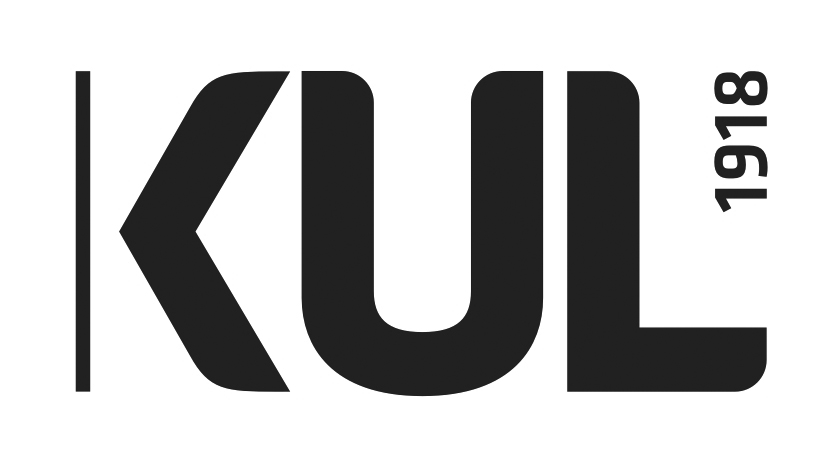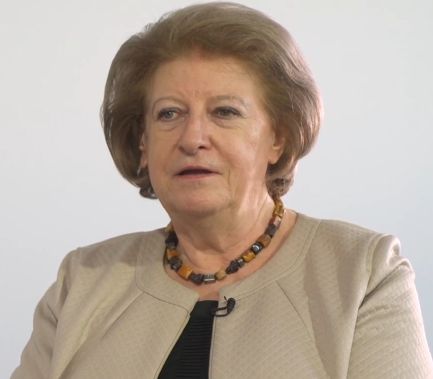John Paul II the Peacemaker
The armed conflict was supposed to begin on 22nd December 1978.
Argentinian armed forces were preparing an offensive against the Chilean
fleet, to take over the disputed islands in the Beagle Canal region.
Signing of the peace treaty between Chile and Argentina in the Vatican, 29 November 1984.
Drag timeline
22 December 1978
Pope John Paul II sends cardinal Antonio Samorè as mediator in the conflict between Chile and Argentina.
8 January 1979
Signature of the agreement between Chile and Argentina in Montevideo (Uruguay)
28 May 1982
The beginning of the Pope’s pilgrimage to the United Kingdom (after the pilgrimage, he visited Argentina)
29 November 1984
The signing of the Treaty of Peace and Friendship between Chile and Argentina in Vatican
27 October 1986
The meeting in Assisi – interreligious Days of Prayer for Peace initiated by Pope John Paul II
20 March 2003
The invasion on Iraq by the international coalition forces (mainly the United States and the United Kingdom)
On the verge of a war
John Paul II had been in the Holy See for just two months, when an age-old conflict between two Catholic South American countries for small, but strategically valuable islands reached its peak. Both countries were ruled by military leaders, who both had risen to power after a coup d'état, in Argentina – Jorge Rafael Videla, in Chile – Augusto Pinochet.
The negotiations between the two nations had not been showing results. The Holy See, worried, decided to step in. On 22nd December in the morning John Paul II informed both leaders personally that he would send his representative to South America, Italian cardinal Antonio Samorè. Two weeks of negotiations later, Cardinal’s diplomatic mission resulted in success. On 8th January 1979, a treaty was signed in Montevideo in Uruguay. Both countries pledged to lay down their arms and reach compromise by a process of negotiation. Additionally, the Holy See was asked to function as an arbitrator.
This way, the danger of a war, that could have been rather disastrous, was avoided. In the treaty signed in Montevideo (Acta de Montevideo) John Paul II’s efforts to avoid a conflict are mentioned. His authority held in high regard by governments of both countries and played a significant role in the decision about a peaceful conclusion of the conflict.
Diplomatic manoeuvres
The political changes in Argentina were a
result of the defeat at the hands of the British in the Falklands War in
1982. John Paul II was involved, in a way in this conflict as well. Two
months before the Pope’s pilgrimage to the United Kingdom, scheduled
for late May 1982, the Argentinian armed forces launched a successful
attack on Falklands. In response, the British Navy send a fleet to
retake the lost territory. This created a dilemma for the Holy See,
whether the Pope should be visiting a country at war. The British were
of the opinion that he should visit regardless. Argentinians, however,
believed it would mean taking the side of their enemies. John Paul II
invited bishops from both Argentina ad the UK to Rome to discuss the
matter at hand. He held a service, praying for peace and reconciliation,
and announced that he would be visiting Argentina as well. And so, he
did. After the pilgrimage to the British Isles, he arrived in Argentina,
when it was known that this country would lose the war. The Pope’s
visit was a consolation to many Argentinians.
Seeing further
Unfortunately,
the world’s leaders were not always interested in John Paul II’s
advice, a famous example of which was the 2003 invasion of Iraq. In 2003
the Pope tried to prevent the attack led by the US and the UK on Iraq
in order to dethrone Saddam Hussein. He sent his representatives to Iraq
and Washington and publicly made an appeal for peace. The operation, in
which the Polish armed forces participated, was still carried out and
had long-lasting effects. Hanna Suchocka, the Polish ambassador to the
Holy See, observed the Pope during this time, and later commented on his
efforts: “After all these years, it is clear, who was right. War does
not solve anything (…). We can only ask ourselves, how much of our faut
is the migration crisis, that is currently on our hands and whether it
is a result of the events John Paul II tried to prevent from happening.”
During his papacy John Paul II
was a tireless proponent of peace. He spoke on the international forum
(twice in the UN headquarters), he held over a thousand meetings with
many heads of state and prime ministers, both officially and
unofficially. As a method of keeping peace, however, he favoured prayer.
In October of 1986, when the threat of a nuclear war was very real, and
the Cold War was raging on, he invited religious leaders to pray for
peace. Later, he organised the Days of Prayer for Peace a few times,
including during armed conflicts in the Balkans and Rwanda. In January
2002 he met with other religious leaders in Assisi, including the
Muslims, in order to pray for peace, prompted by the 9/11 terrorist
attacks and the war in Afghanistan.
text: B. Stefańska, trans.: J. Skibiński
Sources
Event Place
Choose location...
Kanał Beagle
Watykan
Montevideo (Urugwaj)
Falklandy (Malwiny)
Asyż
Keywords
General:
Persons index:
Geographical index:
Project implemented by: 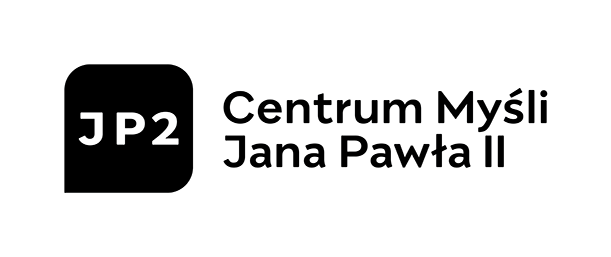

Project co-financed by: 

Patronage: 

Partners: 